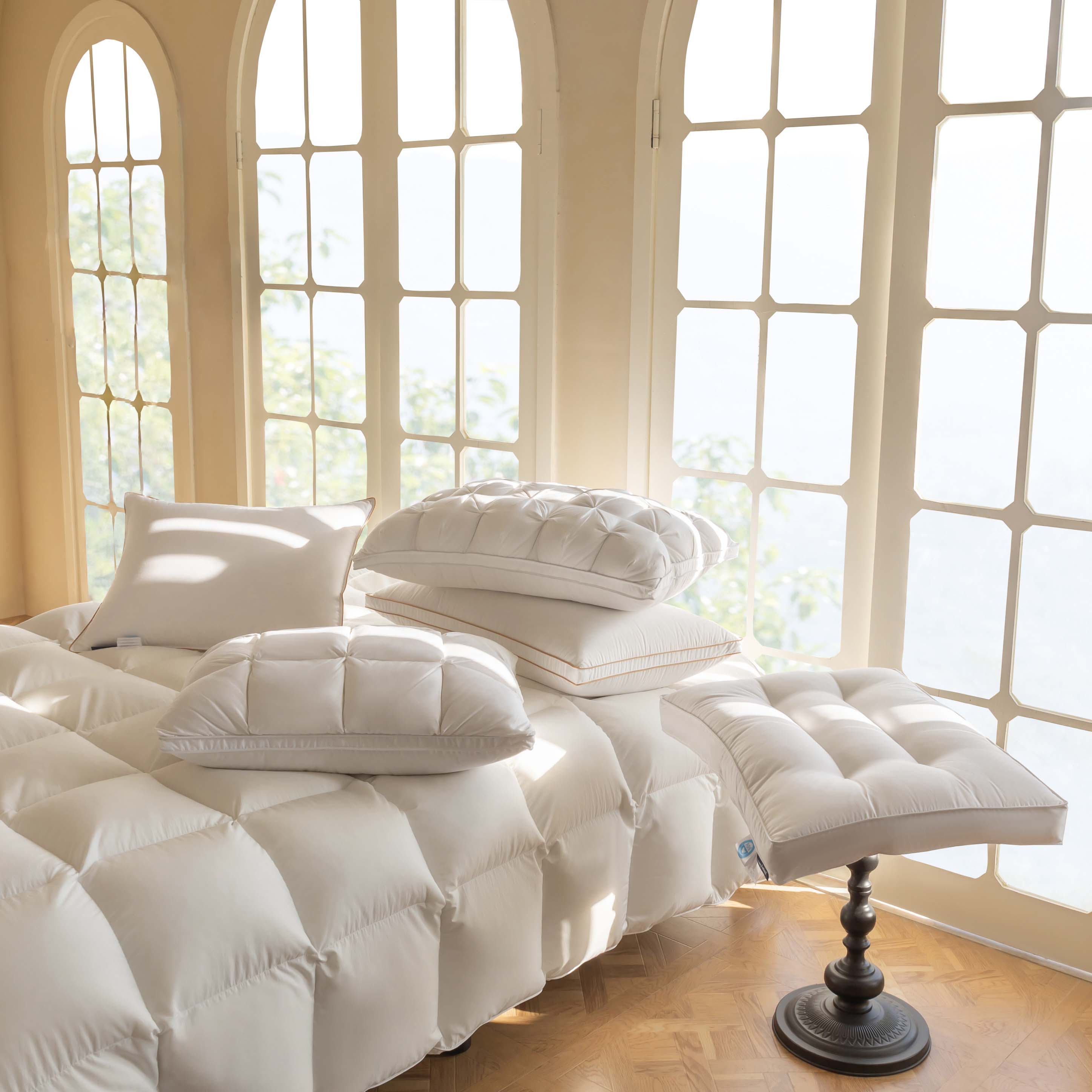Goose down pillows are cherished for their luxurious comfort and superior support. However, a common concern among users is whether these pillows become a haven for mites over time. Understanding the relationship between goose down pillows and mites is crucial for maintaining a healthy sleeping environment.
Understanding Dust Mites
Dust mites are microscopic creatures that thrive in warm, humid environments. They feed on dead skin cells shed by humans and pets and are commonly found in bedding, upholstered furniture, and carpets. While dust mites themselves are harmless, their feces and body fragments can trigger allergic reactions and asthma in sensitive individuals.
Goose Down Pillows and Dust Mites
Goose down pillows provide a warm and cozy environment, which can potentially attract dust mites. The natural down material retains heat and can absorb moisture from perspiration and saliva, creating an ideal habitat for mites to thrive.
As with any pillow, goose down pillows accumulate dead skin cells over time. These skin cells serve as a food source for dust mites, making the pillows more susceptible to mite infestations if not properly maintained.
Preventing Mite Infestations
Investing in high-quality, allergy-proof pillow covers can significantly reduce the risk of dust mite infestations. These covers act as a barrier, preventing mites from entering the pillow while still allowing air to circulate. Make sure the covers are tightly woven to be effective.
Follow the manufacturer’s care instructions for washing goose down pillows. Our Downyhaven's pillows are washable, and you can check out our washing guide. Regular washing in hot water can kill dust mites and remove allergens. However, not all down pillows are washable, so it’s essential to check the label. If washing is not recommended, consider professional cleaning services.
Drying Thoroughly
Ensure that the pillows are completely dry after washing. Moisture left in the pillows can promote the growth of dust mites and mold. Use a dryer with a gentle setting, and add dryer balls or clean tennis balls to help fluff the down and ensure even drying.
Regular Maintenance
Frequently airing out your pillows can help reduce moisture buildup and discourage dust mites. Place the pillows in a well-ventilated area or outdoors on a sunny day to freshen them up.
Vacuuming
Regularly vacuum your pillows using a vacuum cleaner with a HEPA filter. This can help remove dust mites and their allergens from the pillow’s surface.
Alternative Options
1. Hypoallergenic Pillows
For those with severe allergies or concerns about dust mites, hypoallergenic pillows made from synthetic materials or memory foam can be a good alternative. These pillows are less likely to harbor dust mites and can often be washed more easily than down pillows.
2. Regular Replacement
Replacing your pillows every few years can also help minimize dust mite infestations. Over time, even with proper maintenance, pillows can become worn and more prone to mite accumulation. Regularly updating your pillows ensures a cleaner and healthier sleeping environment.
Conclusion
While goose down pillows can provide a comfortable and luxurious sleeping experience, they can also become a home for dust mites if not properly maintained. By using protective covers, following proper cleaning routines, and considering hypoallergenic alternatives, you can enjoy the benefits of goose down pillows without the worry of mite infestations. Maintaining good hygiene and regular upkeep is key to ensuring a healthy and comfortable sleep environment.


